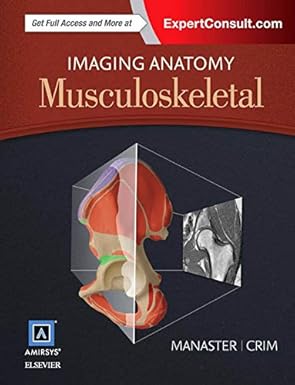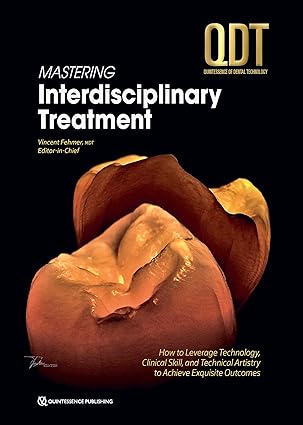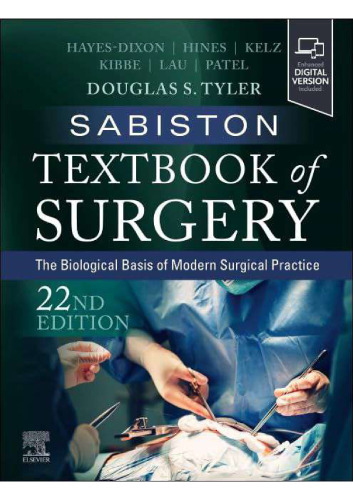Because humans inhabit many different environments
and often move between environments, the body must be
able to rapidly adapt to the challenges imposed by changes
in ambient temperature and availability of food and water.
Such adaptation requires coordination of the function of
cells in different tissues and organs as well as their regulation.
The nervous and endocrine systems coordinate and
regulate cell, tissue, and organ function. The regulation of
function can occur rapidly (seconds to minutes), as is the
case for levels of cellular fuels in the blood, or over much
longer periods of time (days to weeks), as is the case for
acclimatization when an individual moves from a cool to a
hot environment or changes from a high-salt to a low-salt
diet.
The function of the human body represents complex
processes at multiple levels. This book explains what is currently
known about these processes. Although the emphasis
is on the normal function of the human body, discussion of
disease and abnormal function is also appropriate, as these
often illustrate physiologic processes and principles at the
extremes.
The authors for each section have presented what they
believe to be the most likely mechanisms responsible for
the phenomena under consideration. We have adopted this
compromise to achieve brevity, clarity, and simplicity.
چکیده فارسی
چون انسان ها در محیط های مختلف زندگی می کنند
و اغلب بین محیط ها حرکت می کنند، بدن باید
باشد قادر به تطبیق سریع با چالش های تحمیل شده توسط تغییرات
در دمای محیط و در دسترس بودن غذا و آب.
چنین سازگاری مستلزم هماهنگی عملکرد
است
سلول ها در بافت ها و اندام های مختلف و همچنین تنظیم آنها.
سیستم عصبی و غدد درون ریز هماهنگ می شوند و
عملکرد سلول، بافت و اندام را تنظیم می کند. مقررات
تابع می تواند به سرعت (ثانیه تا دقیقه) رخ دهد، همانطور که
است در مورد سطوح سوخت سلولی در خون، یا بیش از حد
دوره های زمانی طولانی تری (روزها تا هفته ها)، همانطور که برای
صادق است سازگاری زمانی که یک فرد از حالت سرد به یک
می رود محیط گرم یا تغییر از حالت پر نمک به کم نمک
رژیم غذایی.
عملکرد بدن انسان نشان دهنده پیچیده است
فرآیندها در سطوح مختلف این کتاب توضیح می دهد که در حال حاضر چه چیزی وجود دارد
در مورد این فرآیندها شناخته شده است. اگرچه تاکید
در مورد عملکرد طبیعی بدن انسان بحث
است بیماری و عملکرد غیر طبیعی نیز مناسب است، زیرا اینها
اغلب فرآیندها و اصول فیزیولوژیک را در
نشان می دهند افراط.
نویسندگان هر بخش آنچه را که ارائه کرده اند
ارائه کرده اند معتقدند که محتمل ترین مکانیسم های مسئول
هستند پدیده های مورد بررسی ما این را پذیرفته ایم
سازش برای دستیابی به اختصار، وضوح و سادگی.
ادامه ...
بستن ...









![Clinical Management of Swallowing Disorders (6th Edition) [2025] - Orginal Pdf Clinical Management of Swallowing Disorders (6th Edition) [2025] - Orginal Pdf](https://dl.libsan.ir/images/1/12/Clinical Management of Swallowing Disorders_68fdc2997972e.webp)
